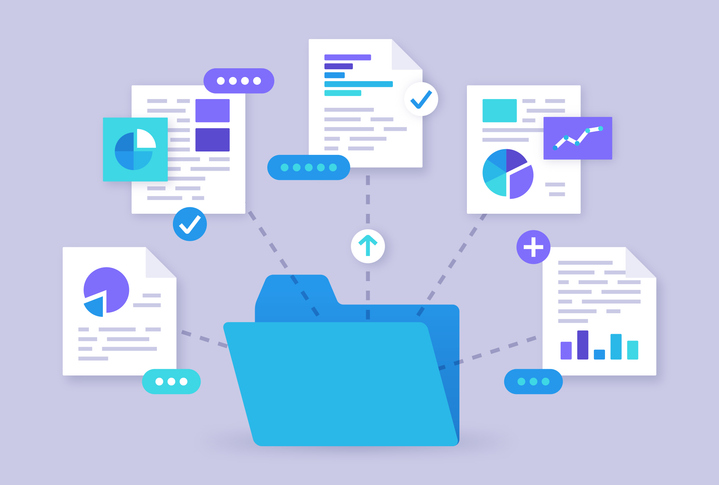A European study by 451 Research found that 54% of respondents ranked machine data as extremely important to them in meeting their business objectives, while a new report from Research and Markets has recently stated that “IoT data itself will become extremely valuable,” as the analytics of this data will drive product change and development, and will help identify unmet demand and supply gaps. Each of these potential use cases for data involve making it useful for different teams as part of their decision making.
So, the question becomes how to derive all that potential value from the machine data created by IoT devices, networks and services? On the surface, getting more out of your data seems easily achievable. Gathering data is easy, but what’s challenging is the ability to take that data and effectively use it to improve the operations and security of your business.
In reality, achieving this takes effort and perseverance. Doing it repeatedly is even harder, yet it’s here that the results can be extremely valuable – not just for developers or IT teams, but for the whole business, from support and marketing through to senior business managers. To make this work, reporting and using your data has to be a scalable process.
Mining your IoT data for the wider business
To start with, IoT data has to be looked at in conjunction with other sources of application data, logs and metrics to create value. In order to get value from it as part of that repeatable process, it has to be put into context over time and available automatically. Each set of data has to be parsed and analysed, not just individually, but as part of that larger picture.
The process of taking this raw data – from logs, application metrics, infrastructure reports and through to specific device data – and turning it into actionable insights involves an awful lot of automation if you want to run at scale. This is essential if you want to be able to create a stream of continuous intelligence for the business.
Following on from getting that accurate picture of current performance across all the moving parts involved, you can start analysing how you define and deliver value around your activities. This involves looking at processes, in general, to define what is working, what has to be kept and what can be changed.
AI and IoT: two sides of the same coin
Getting real-time visibility into data can help these decisions around process and performance. Using analytics and data sets, you can keep track of products for customers, providing them with up-to-date information on the condition and location of their goods over time. Similarly, connected vehicle technologies can provide data on the best and most efficient supply chain routes based on real-time data, rather than solely using previous models or out-of-date information. Not only is this approach helpful in the short-term for preventing delays in deliveries, it can also aid wider process changes, decision-making and then help to deliver powerful, bottom-line results. As
more and more business services rely on connected software, machine data has become a key indicator for how well the IT function is performing. In turn, this machine data analysis can also become an indicator for how the business is performing against some of its objectives over time.
Data for all, not the few
Typically, machine data analytics has fallen strictly within the realm of IT. Developers, operations and security teams use machine data tools can help ensure optimal application performance and identify security risks. Getting the processes and tools in place can also help other parts of the business to take advantage of this data. This has been difficult in the past – for example, raw data has traditionally been difficult to parse and re-use.
Simplifying this work around data preparation and analysis is challenging. However, making this IoT data available for analysis in a simple way can extend value to more teams across the business. This involves getting all the necessary tools and processes into one centralized platform, so that each team can get what they need in one place rather than across eight, 10 or even 20 different tools.
Information Age’s guide to the low-power wide area network (LPWAN) landscape
Markets are ripe for disruption using IoT data. The companies in these industries are taking up cloud services as these can offer greater flexibility around IoT. However, making it easier for companies to access the variety of their machine data involves more planning. Moving towards a “cloud-native” IT model can help this process. By making it easier to use and work with IoT data, companies can benefit from
Democratising your data by bringing it together, analysing it and laying it out in context, making it available for more people to use, should help all companies get more value out of the data they create, turning it into key insights that can be used to benefit everyone across the business.
Written by Mark Pidgeon, vice president technical services at Sumo Logic










